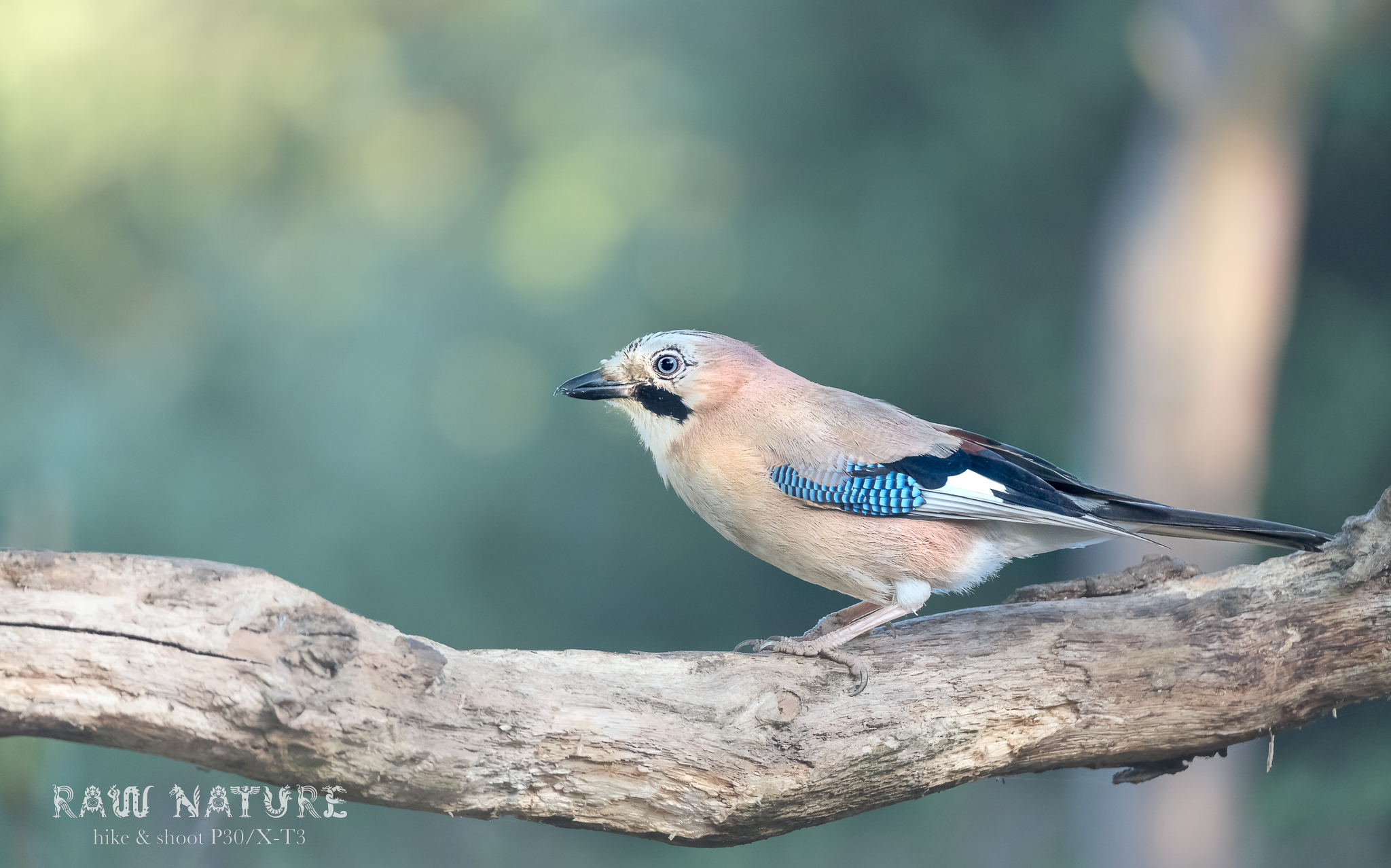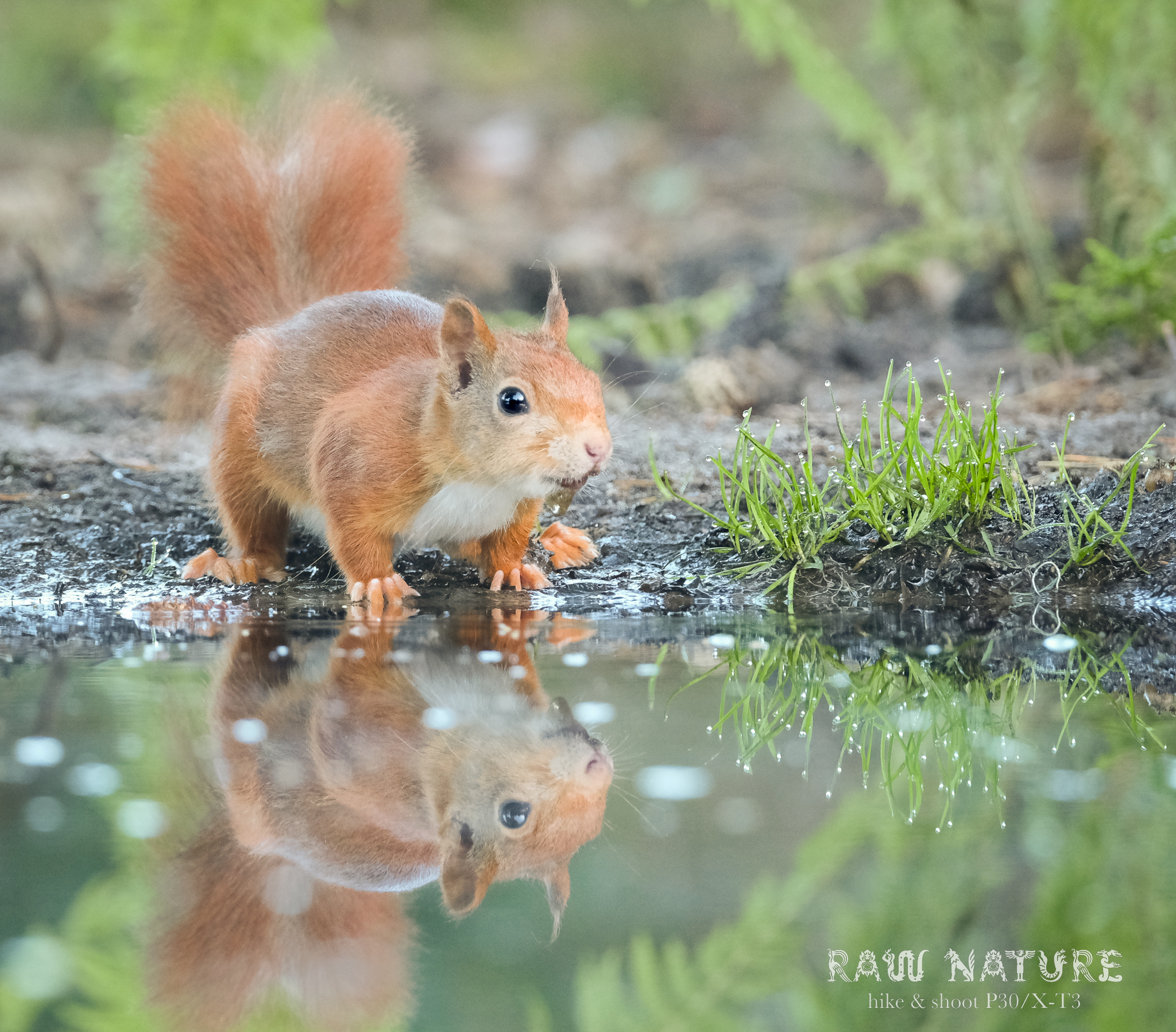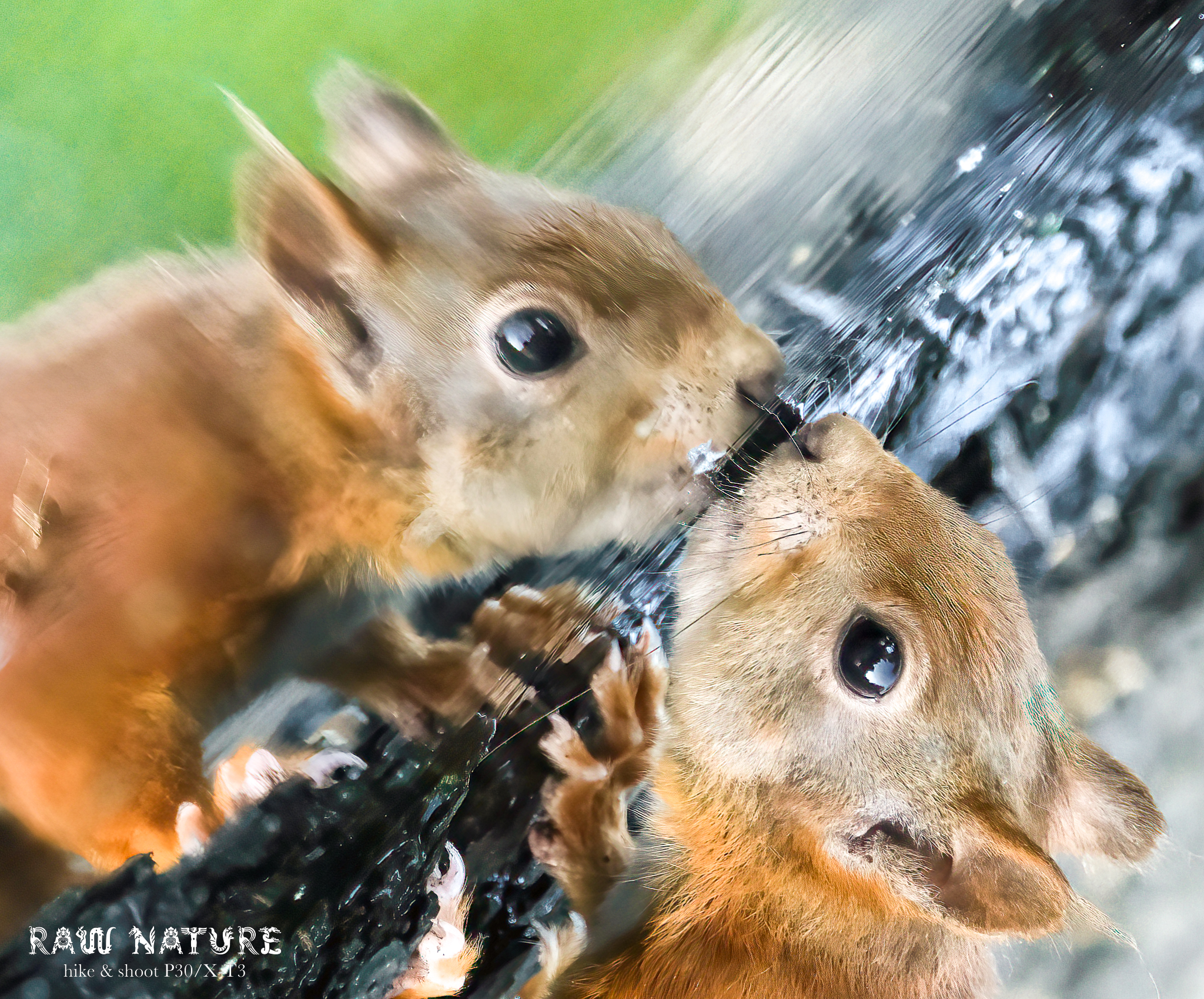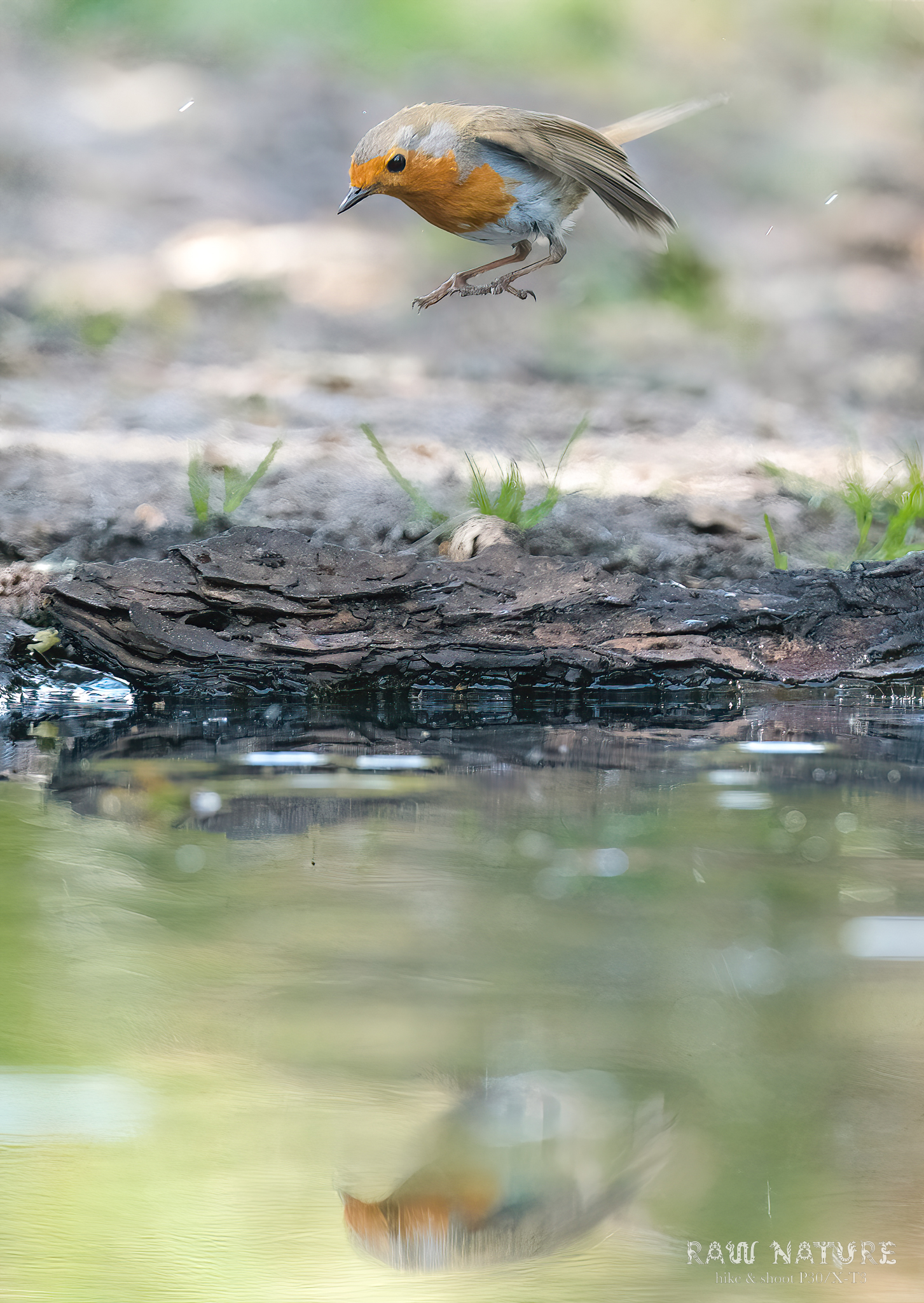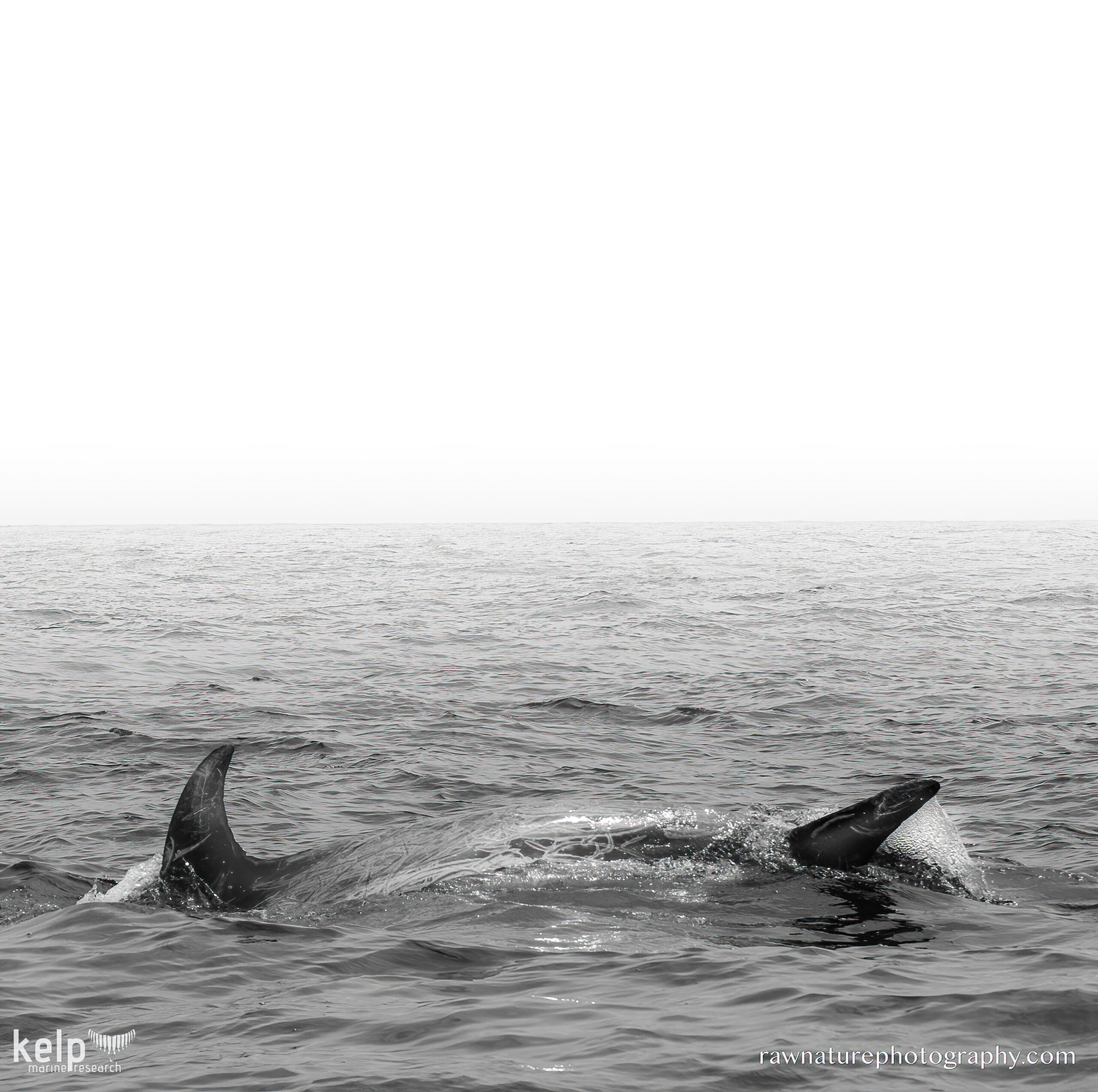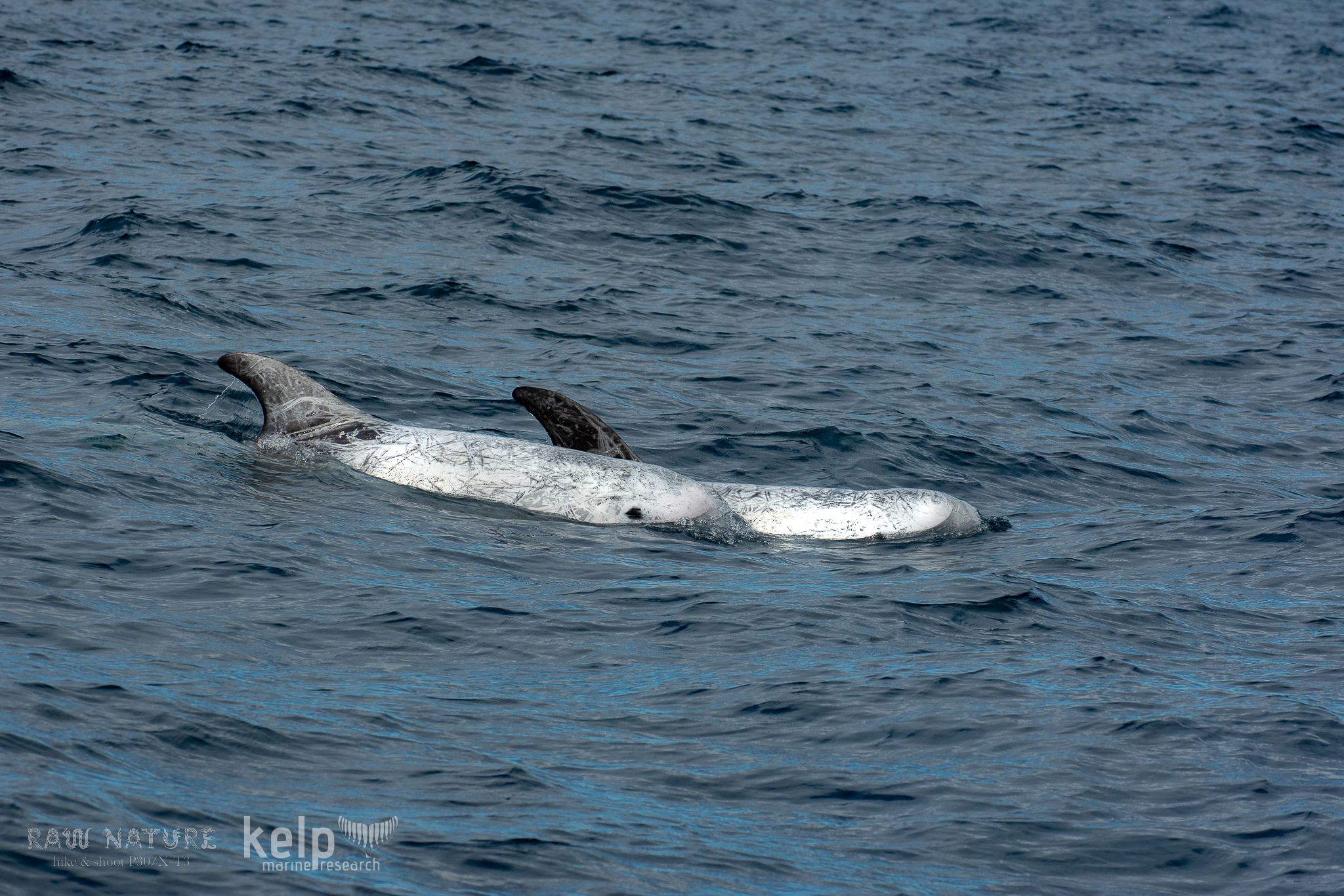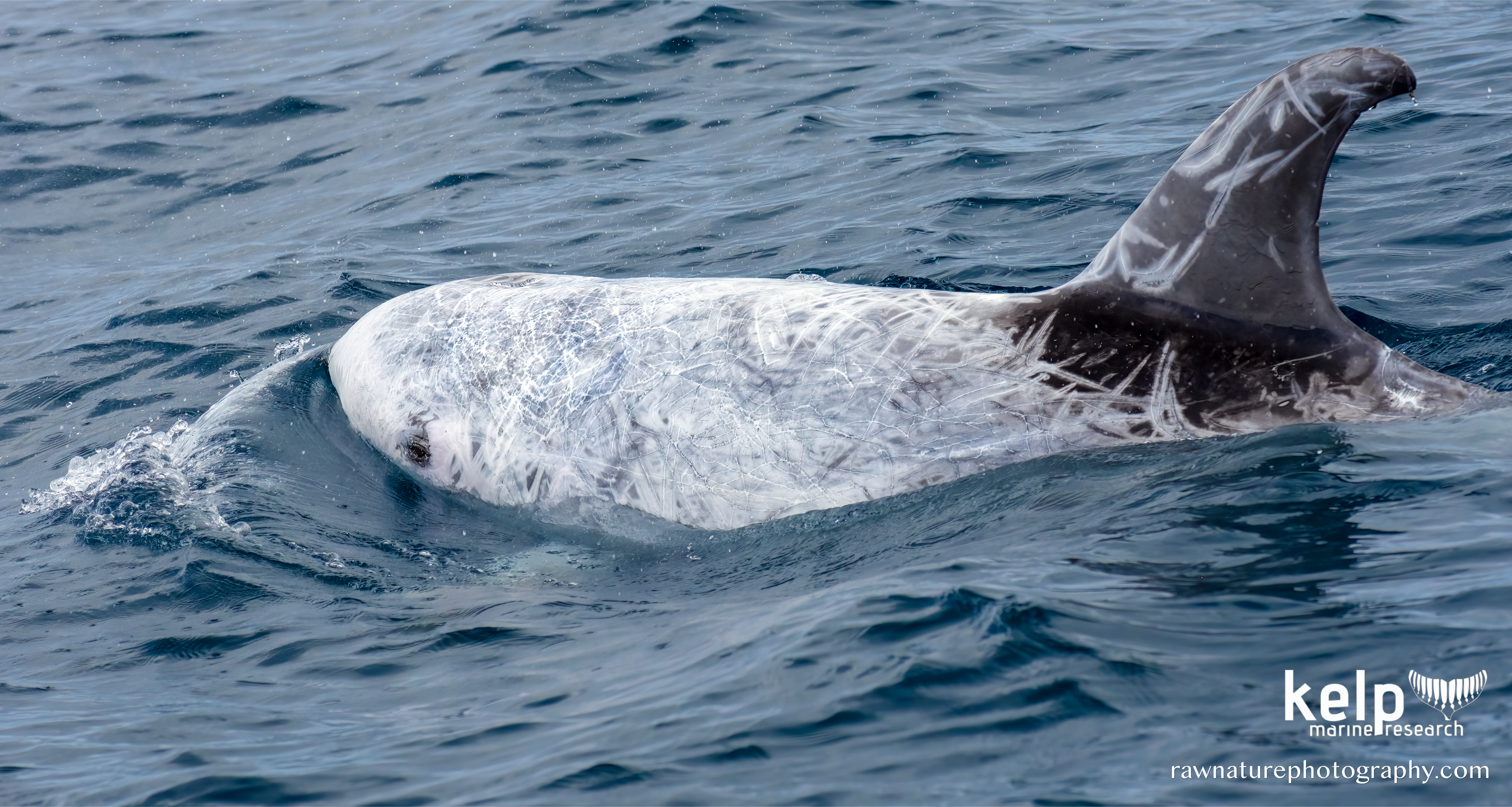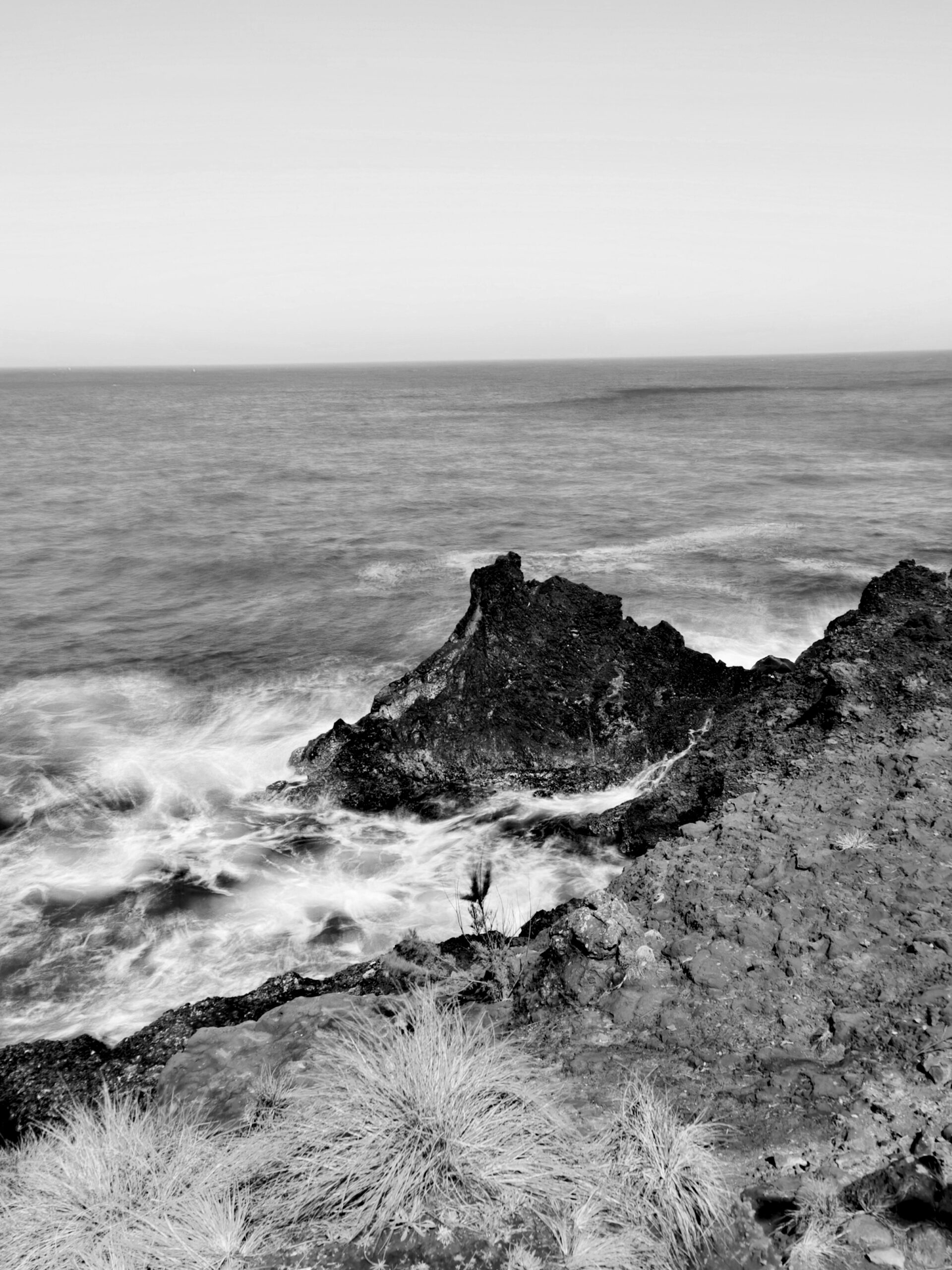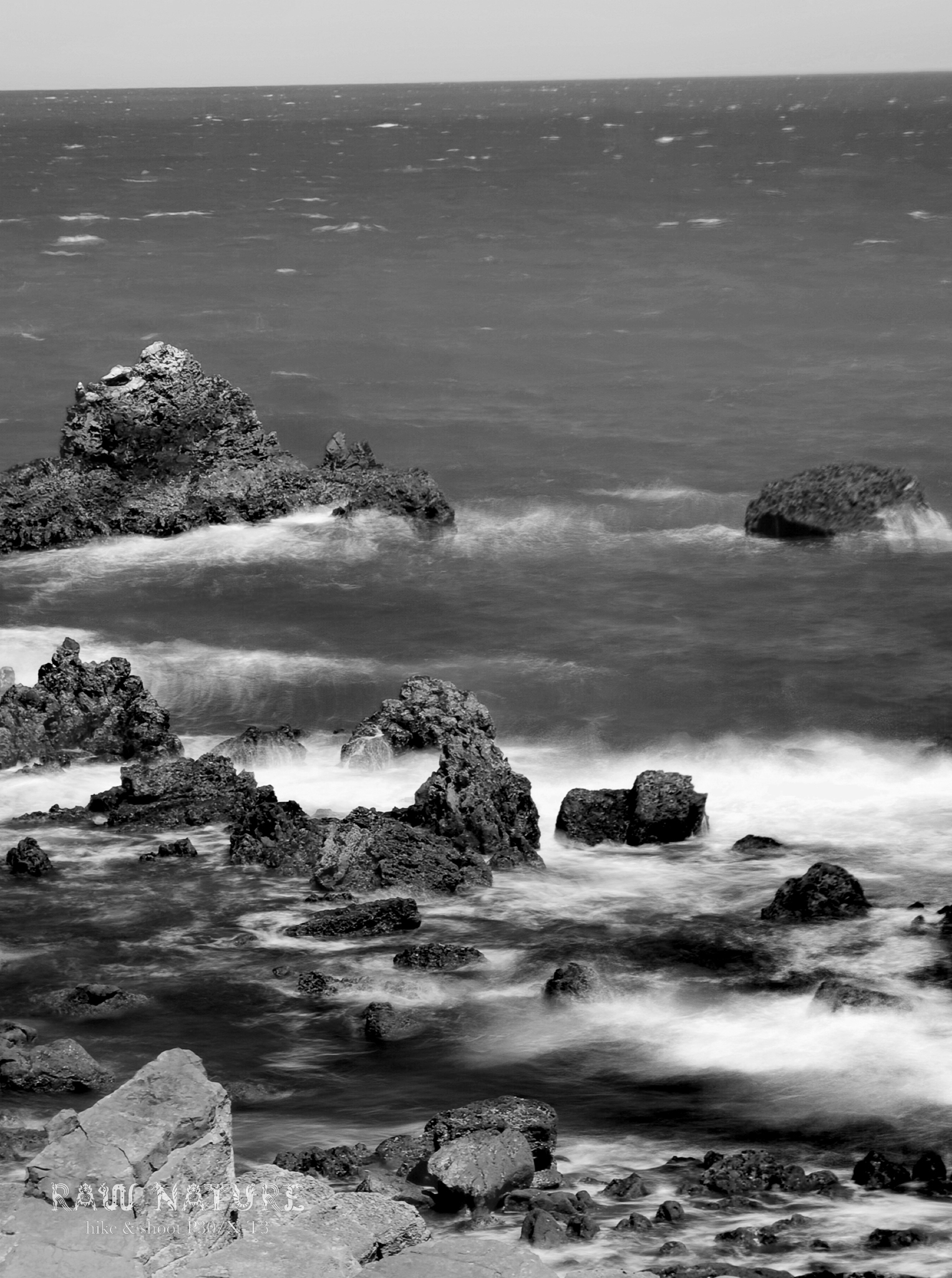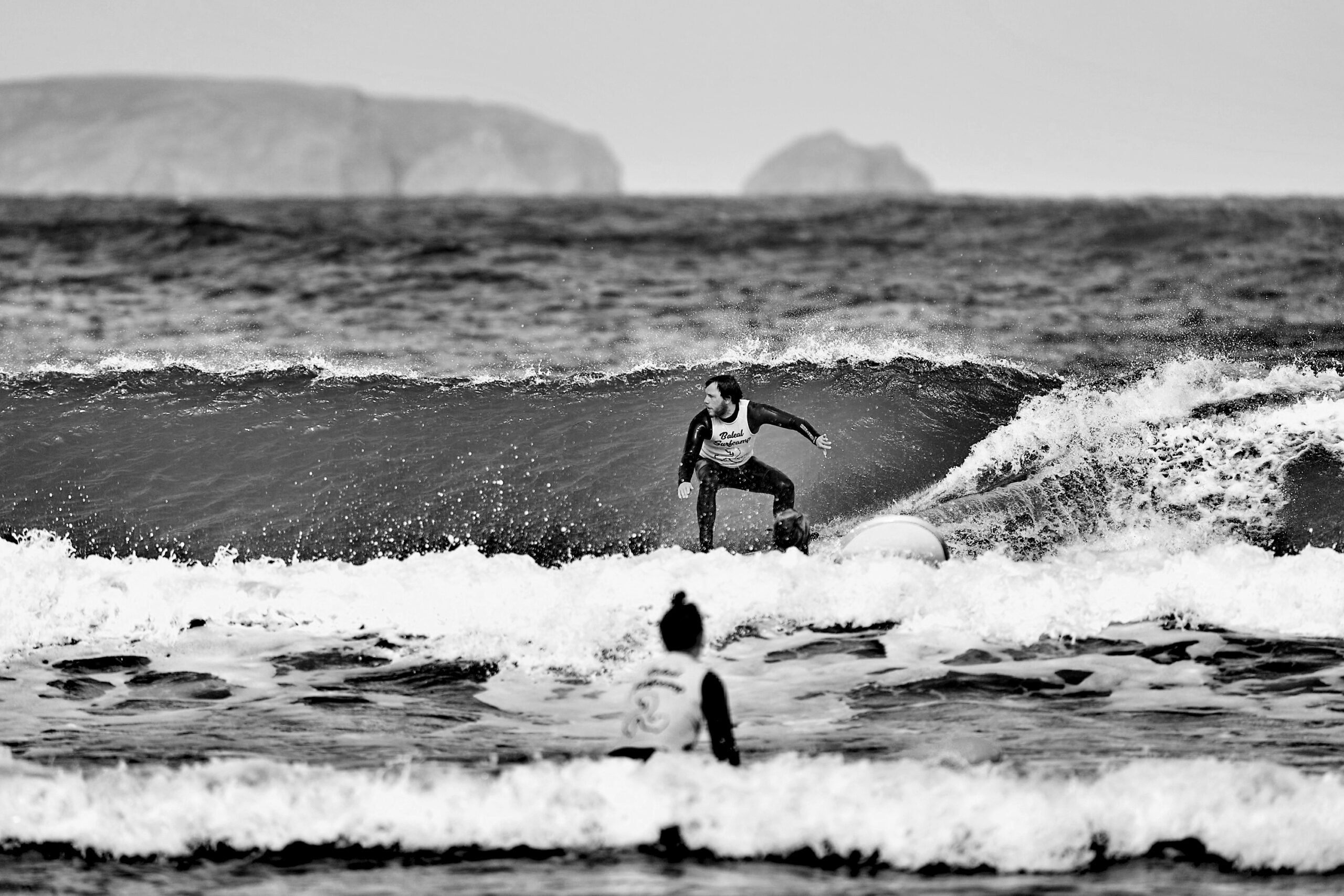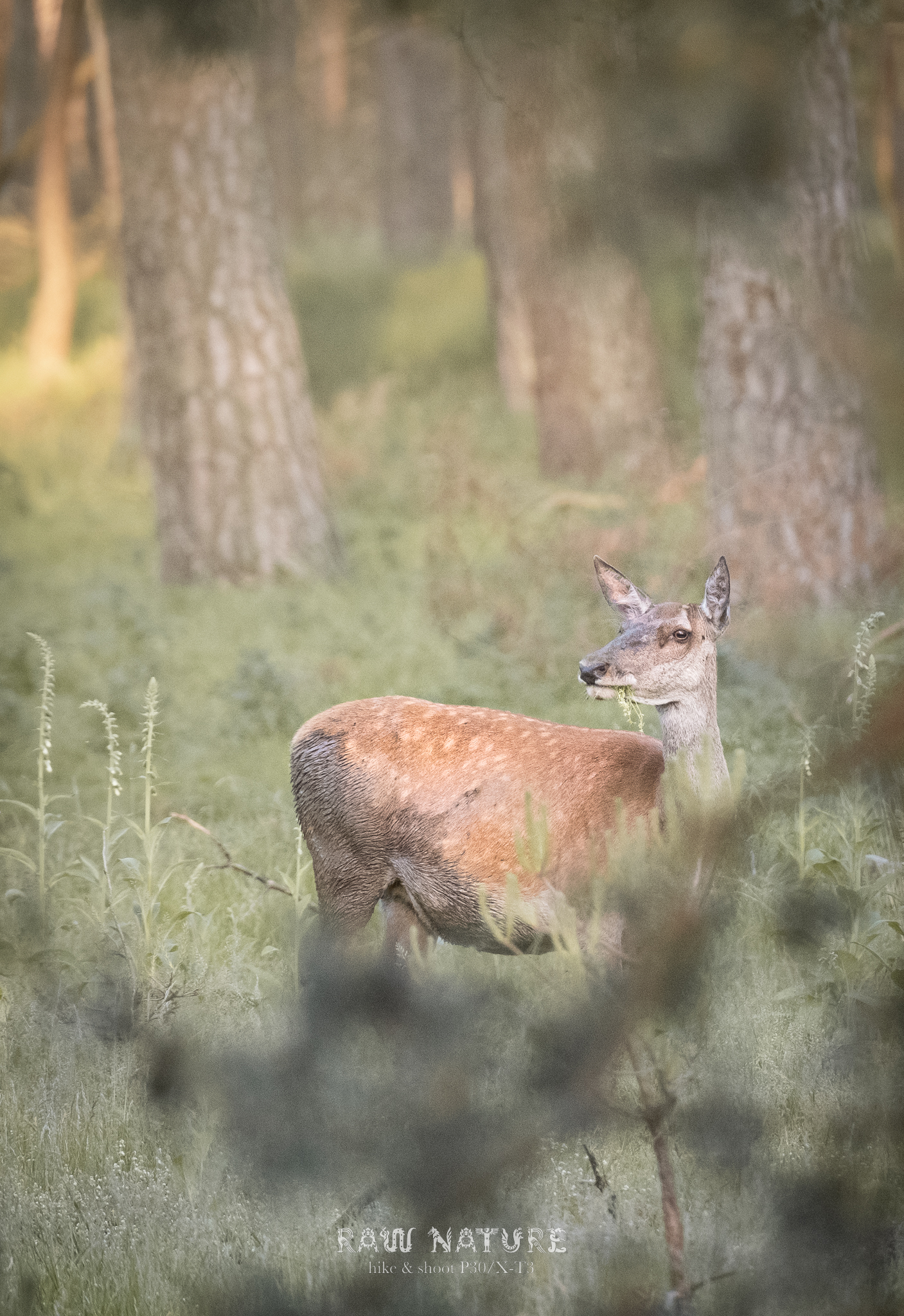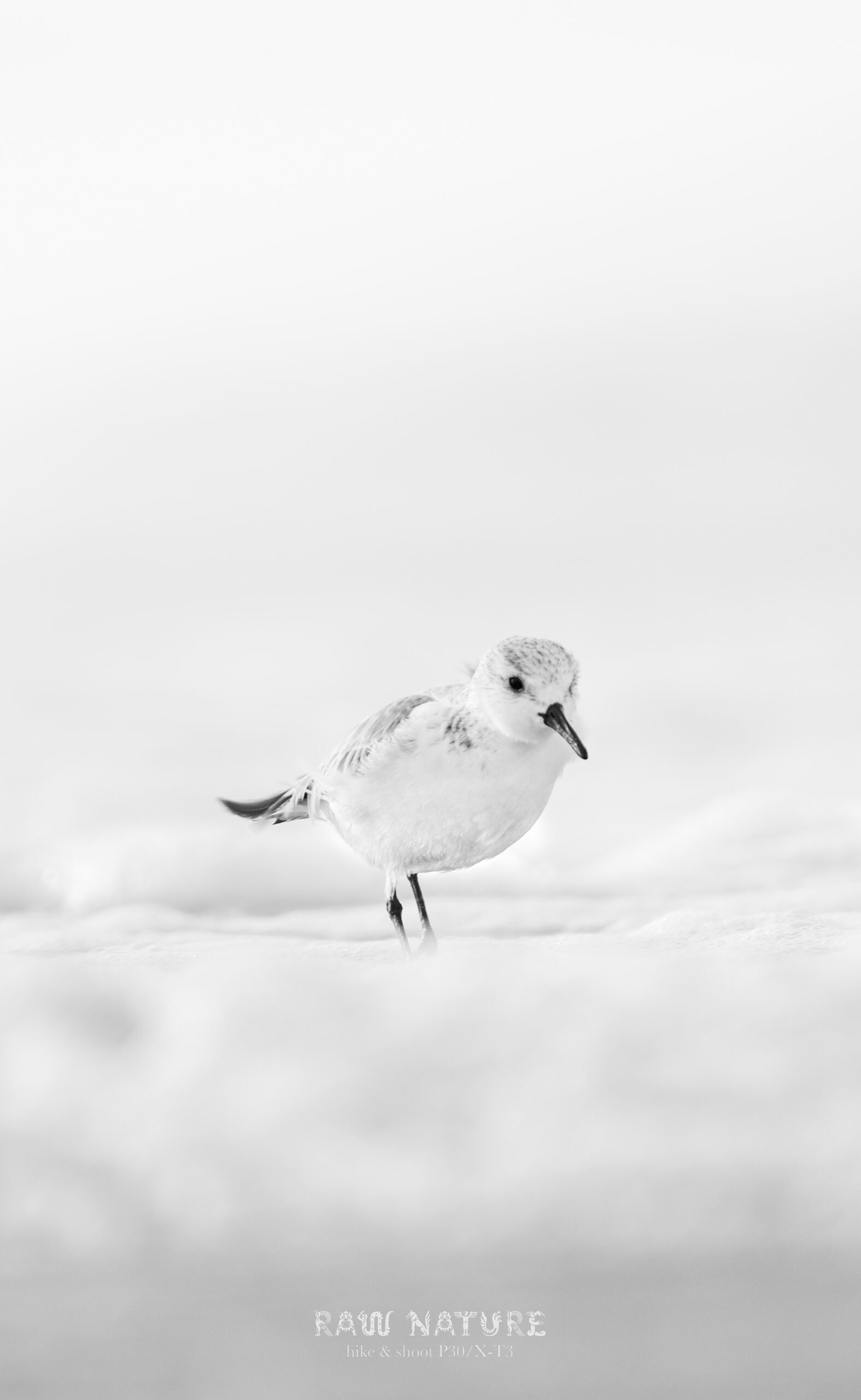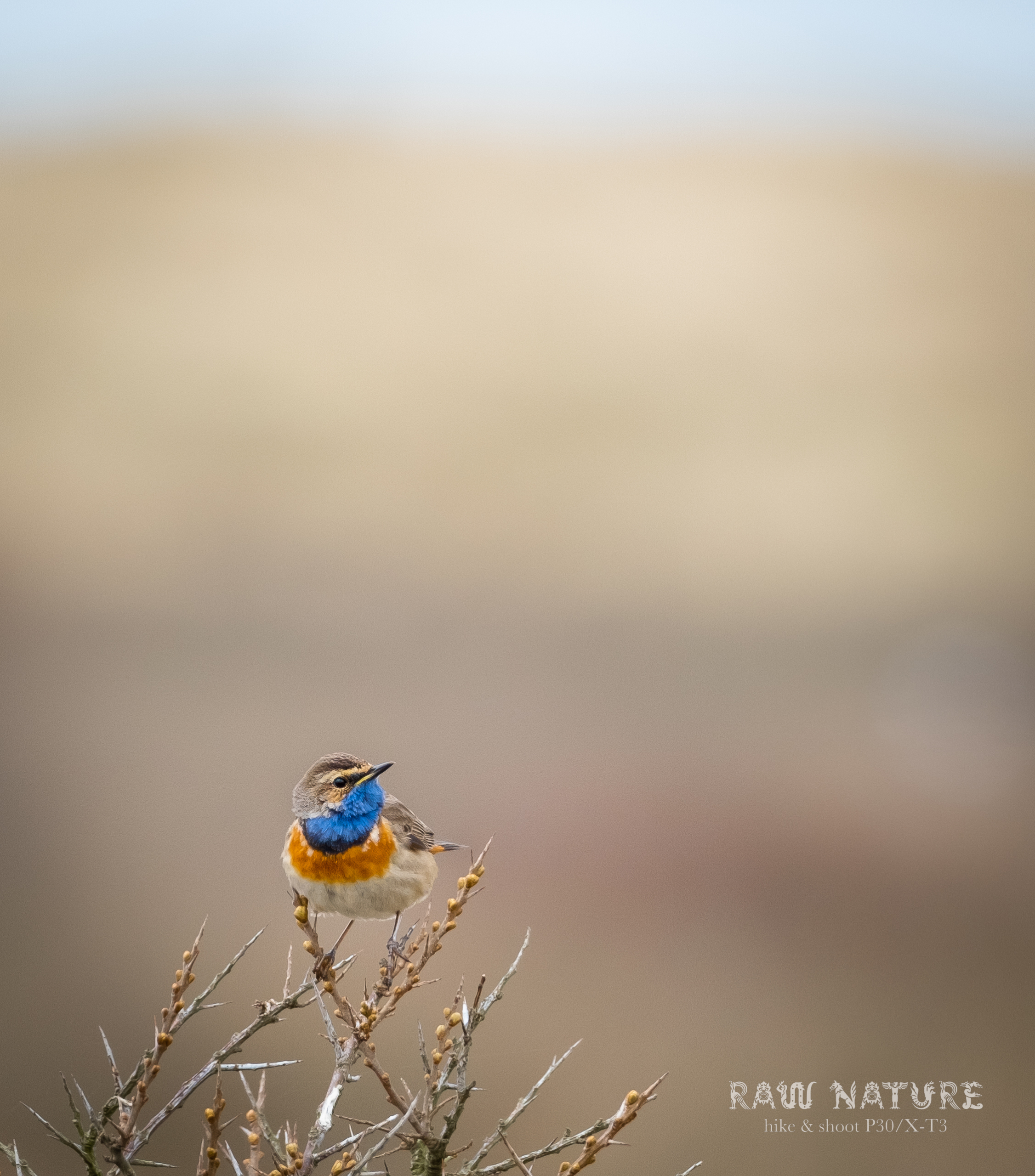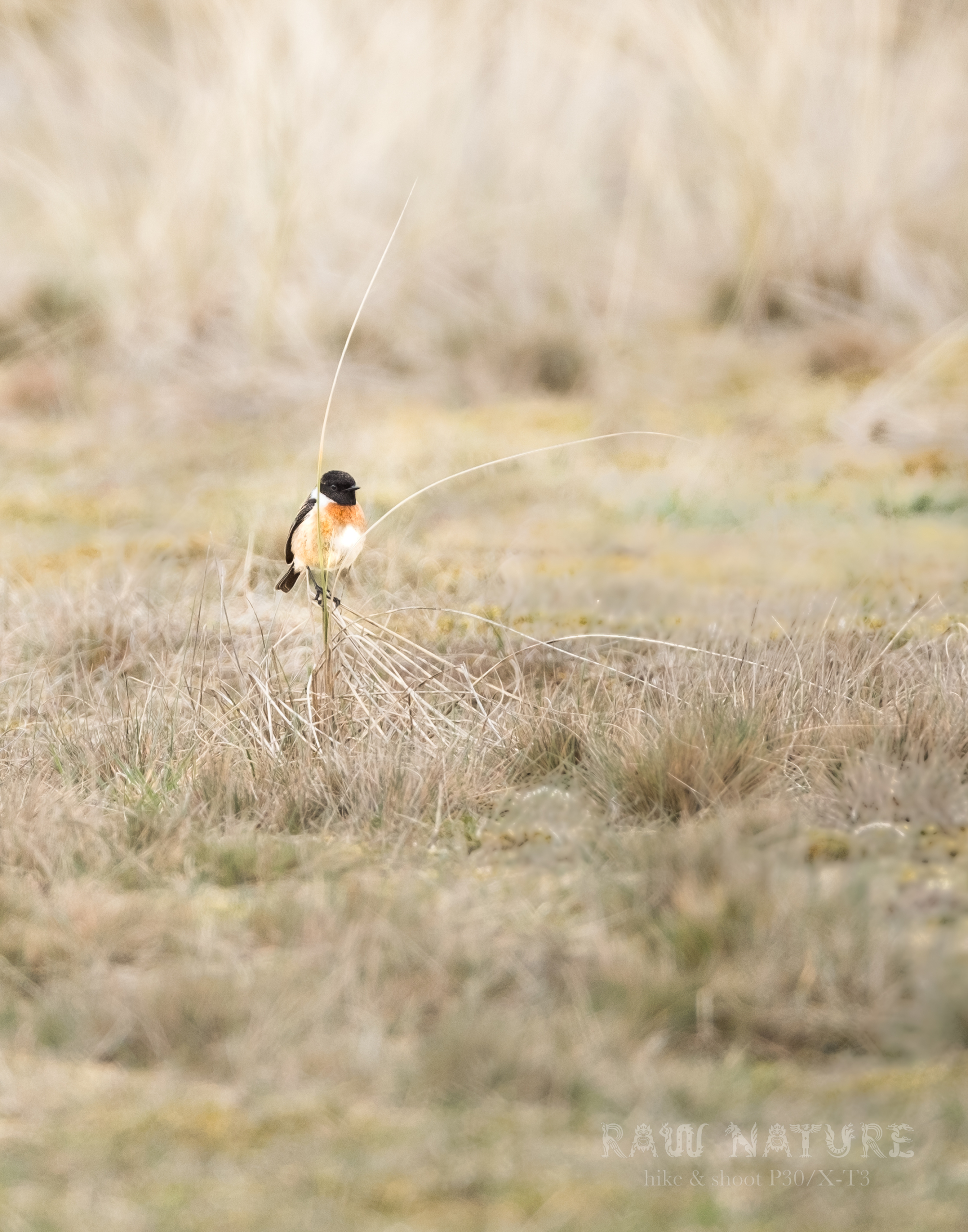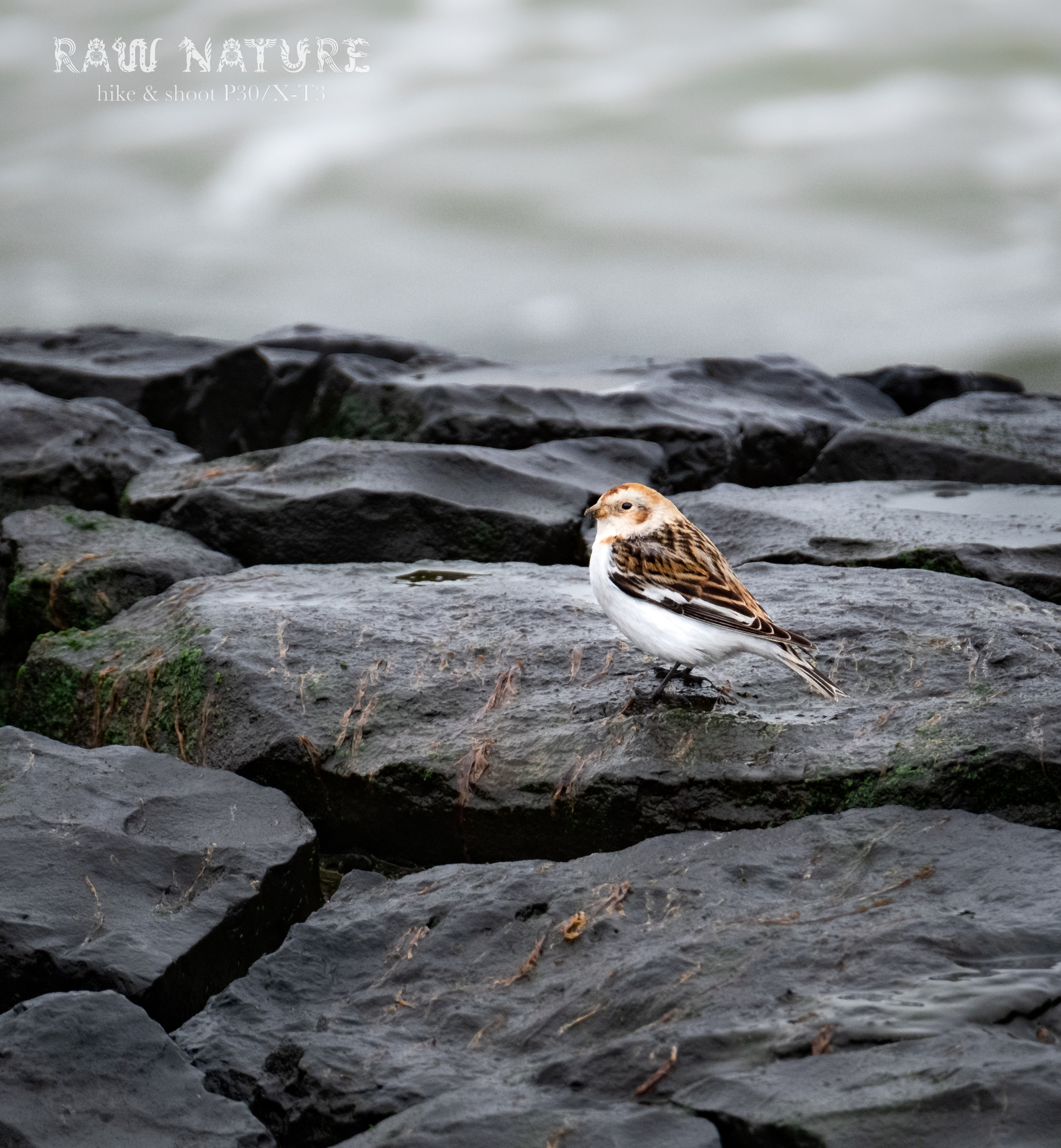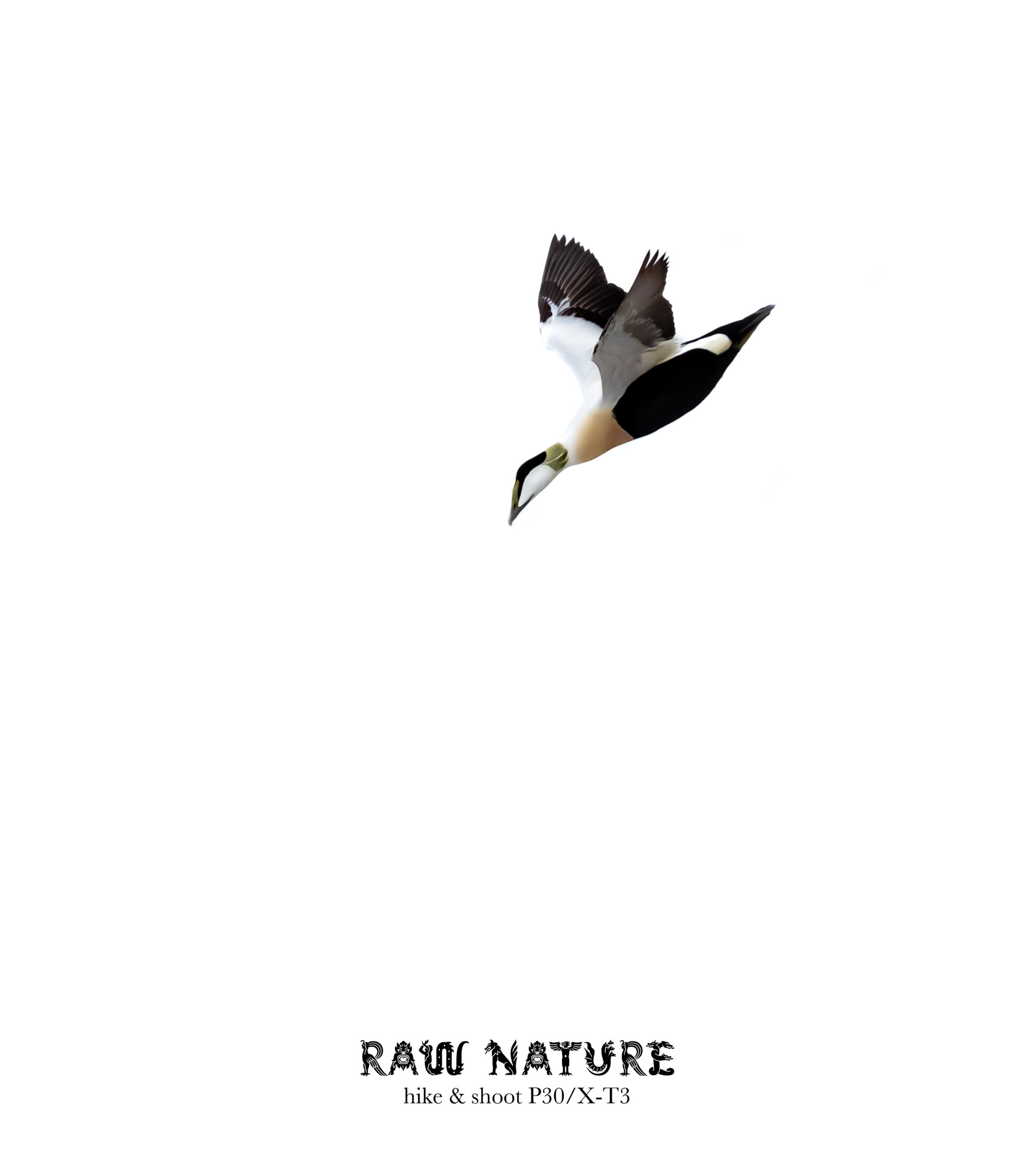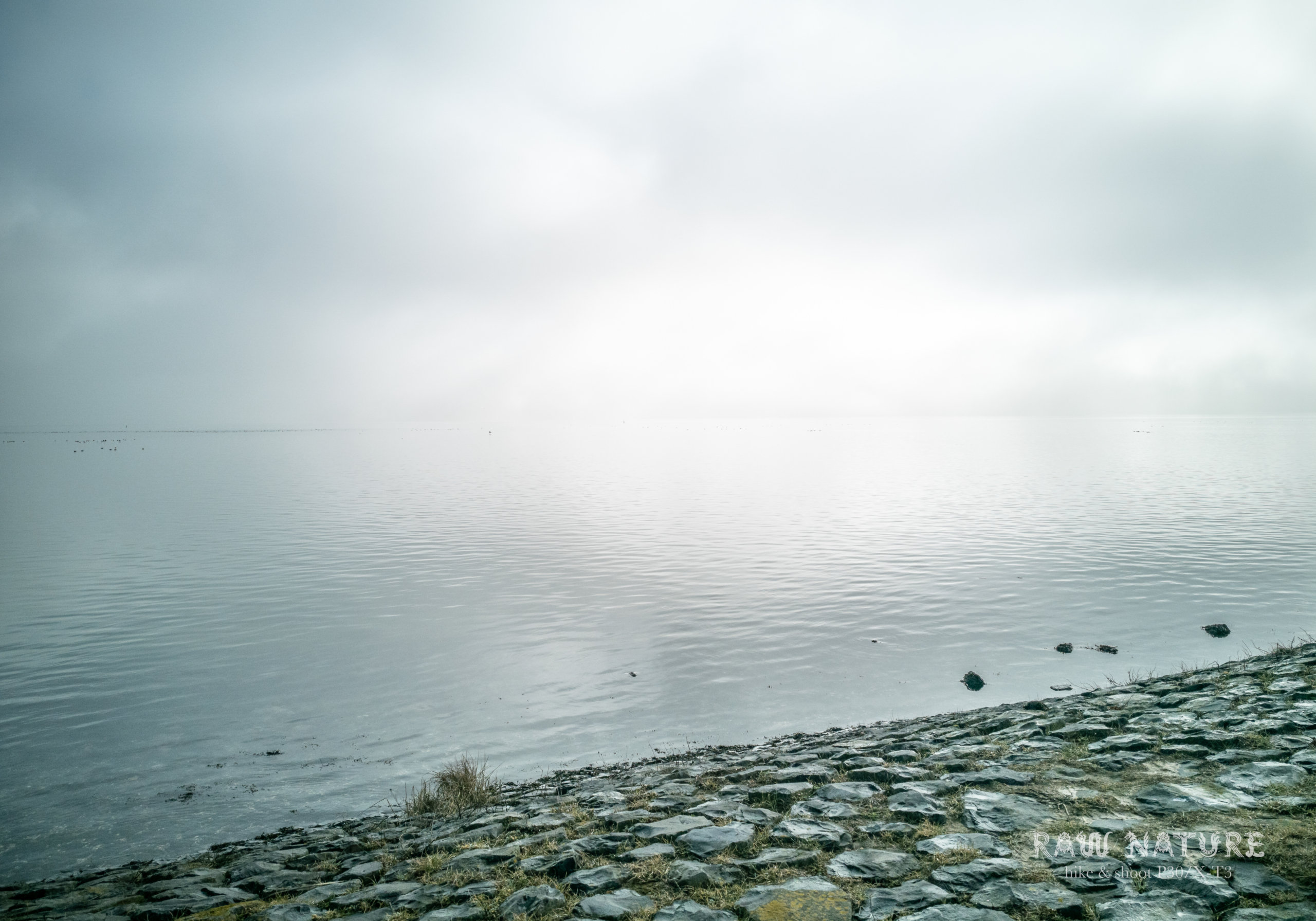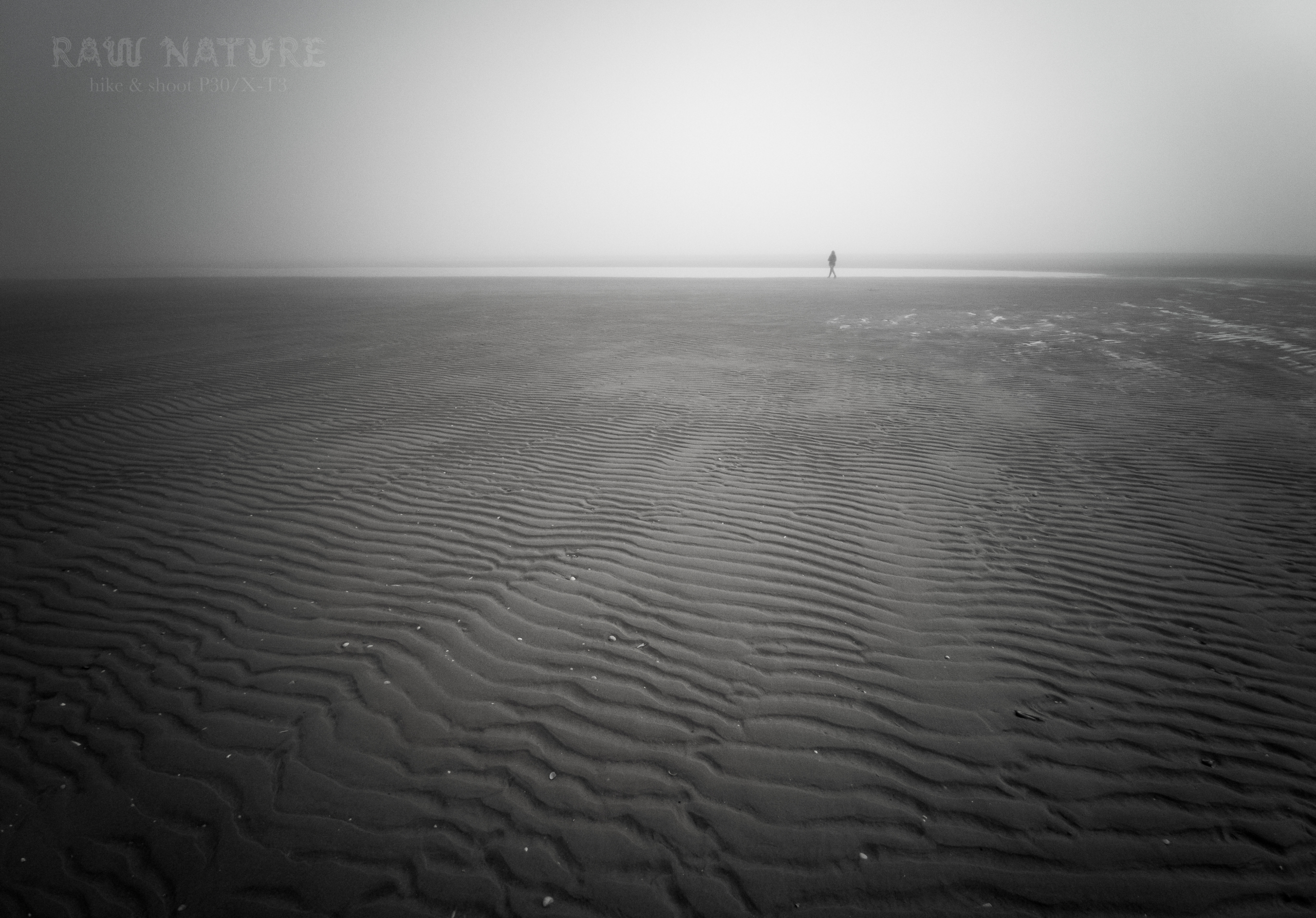River folk
In western fantasy rivers often form the barrier that shelters some magical land from the outside world. Whether it is the Brandywine bordering the Shire, or the Two Rivers hiding the inhabitants of Emond’s Field from the attention of their fellow countrymen. In contrast to the continuous strife and political upheaval beyond, life within these borders continuous unchanged, as it has for the past hundreds or thousands of years. Sometimes the isolation has endured for so long that even the memory of the world outside is forgotten.
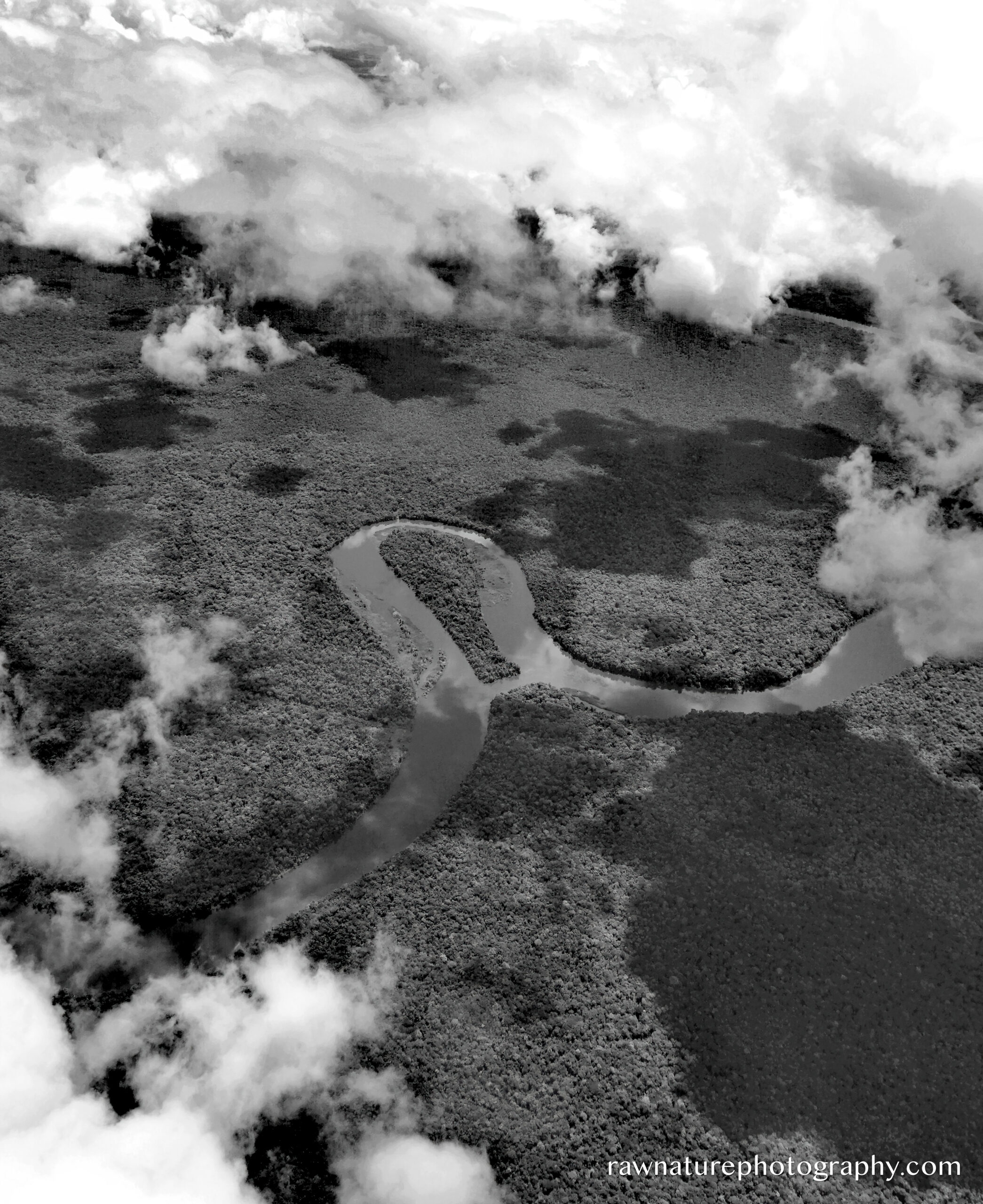
In our own place and time, such idyllic places are rare and hard to find, despite the claims and promises found in almost any travel itinerary. Most of the world’s river systems have been fully explored, and what natural resources were discovered along the way exploited, leaving behind but a hollow shell in which you can hear the faintest echo of the natural richness that once was. Yet, some wild places do remain on our planet. Places where visitors can still feel (un)comfortably lost. Places where rivers still maintain their magical spell upon the land and those who visit. And few cast a spell as strong as those flowing through the interior of Surinam.
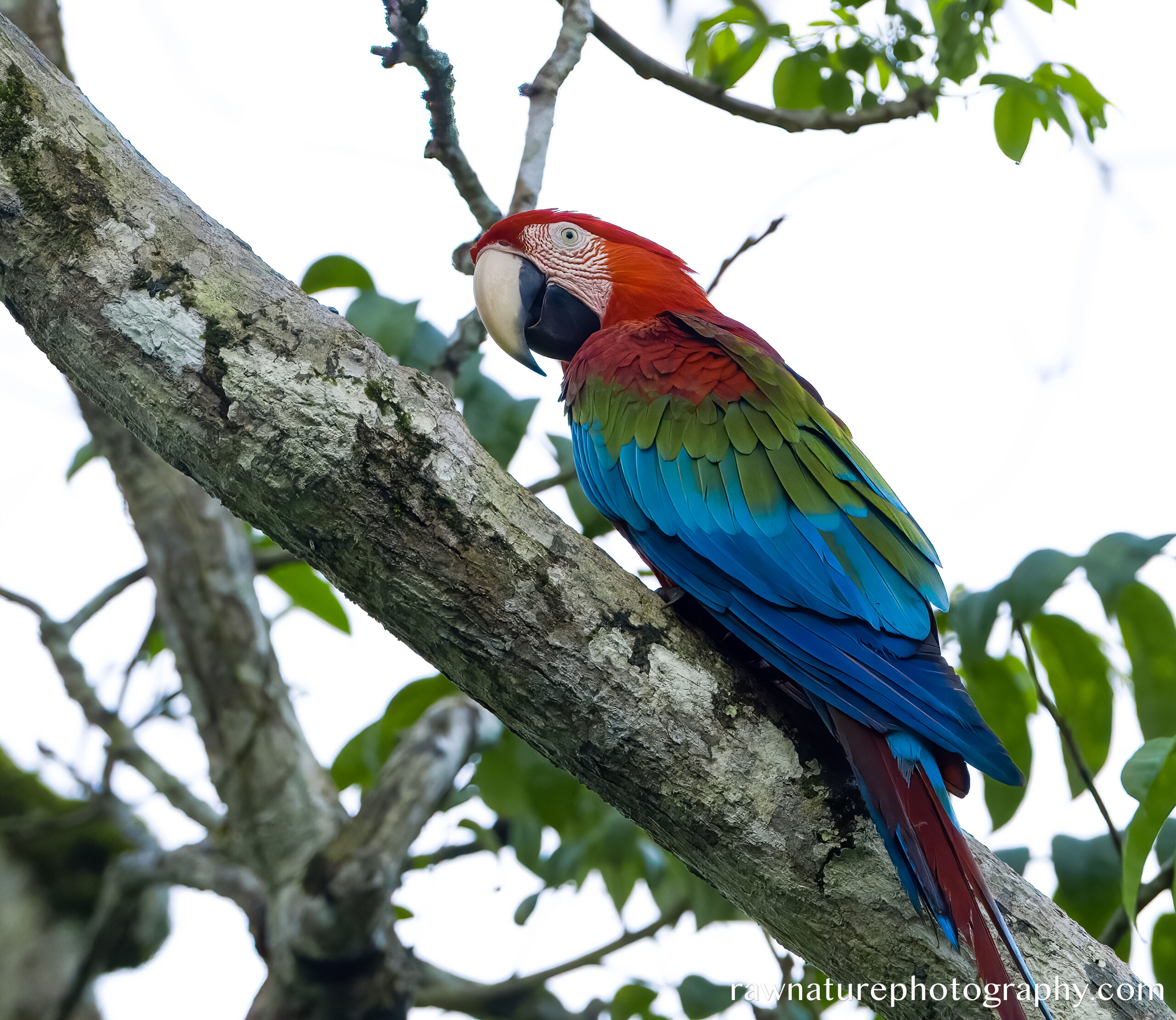
Wreathing vast stands of primary forest, the biodiversity experienced while traveling along the rivers is simply stupefying. Here still be giants, dwarves, and many other curious creatures that tickle the human imagination. In remote areas unfamiliar with hunting, the disposition of the animals towards visitors is one of watchful examination; a big change from the rapid flight response observed in the same species in more populated areas, where many are considered prized game. Faced with such a dramatically different experience of nature, perhaps a hint of what the word pristine was meant to describe, the visitor’s mind is bedazzled, and beguiled.
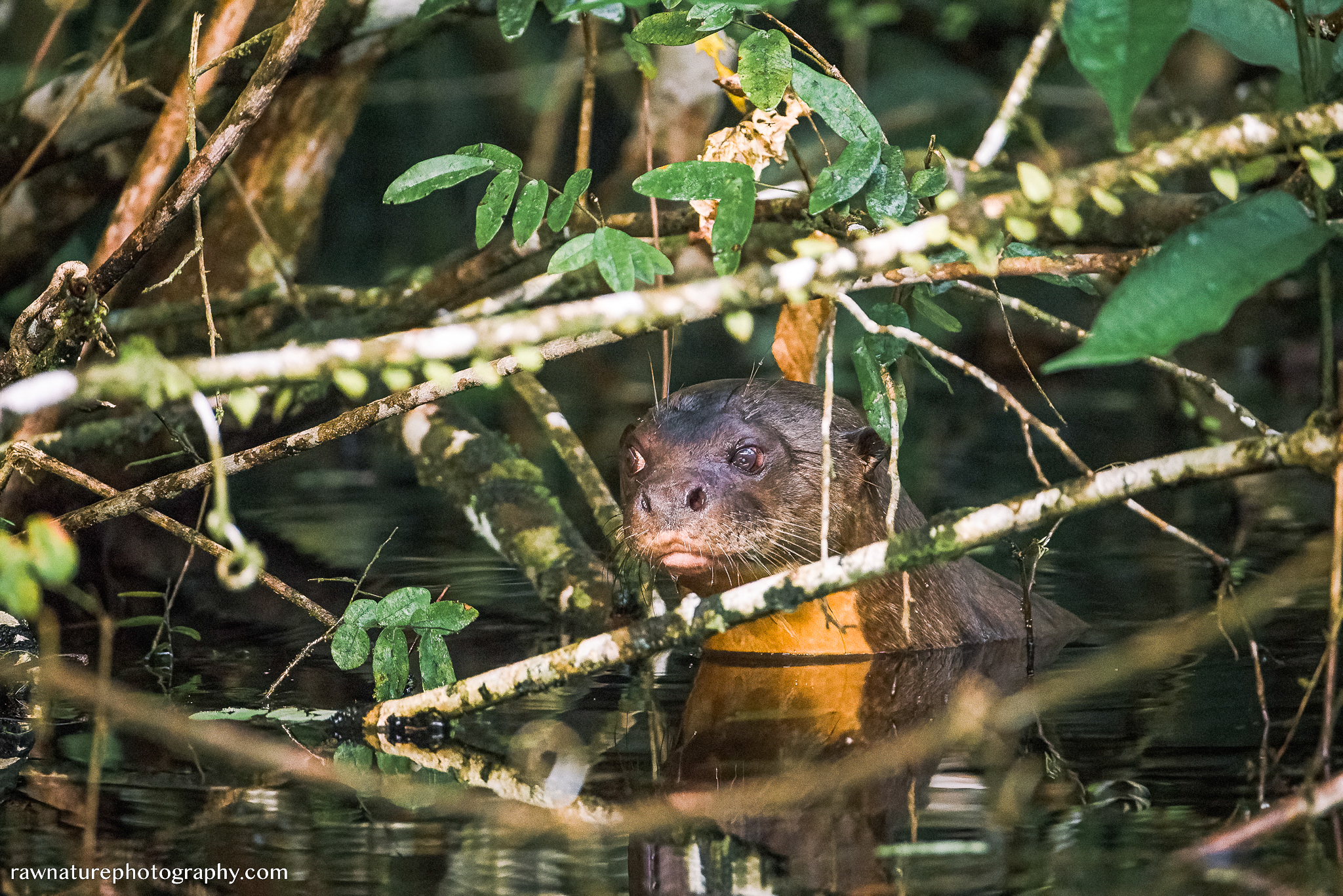
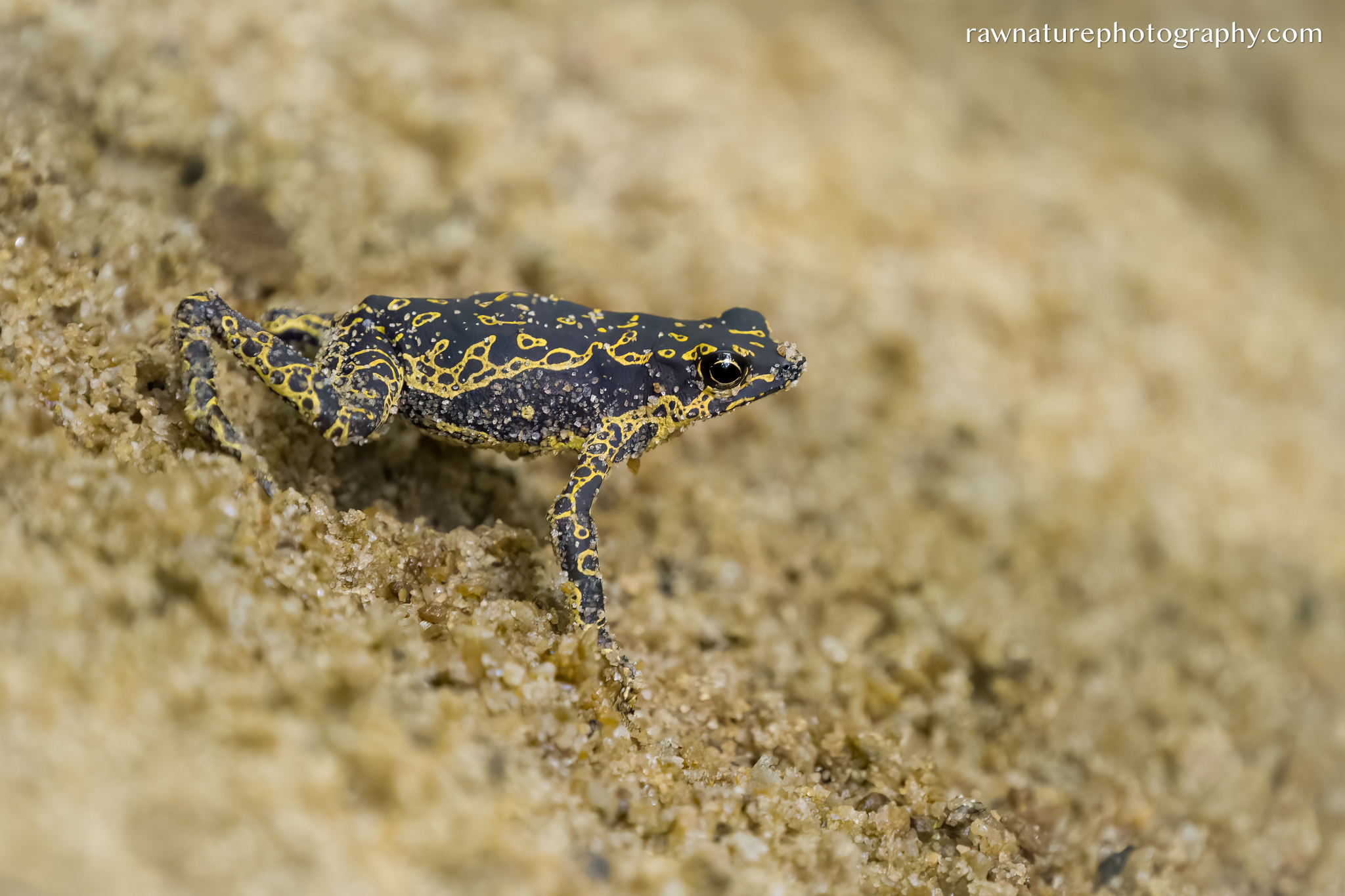
Even in our fantasy stories idyllic lands never remain untouched by the outside world forever, and Surinam’s magical interior is, unfortunately, no exception. Here, the toxic traces of illegal gold mining increasingly spread through remote inland waters, and forests and people and wildlife alike are faced with excessive droughts and flood events.
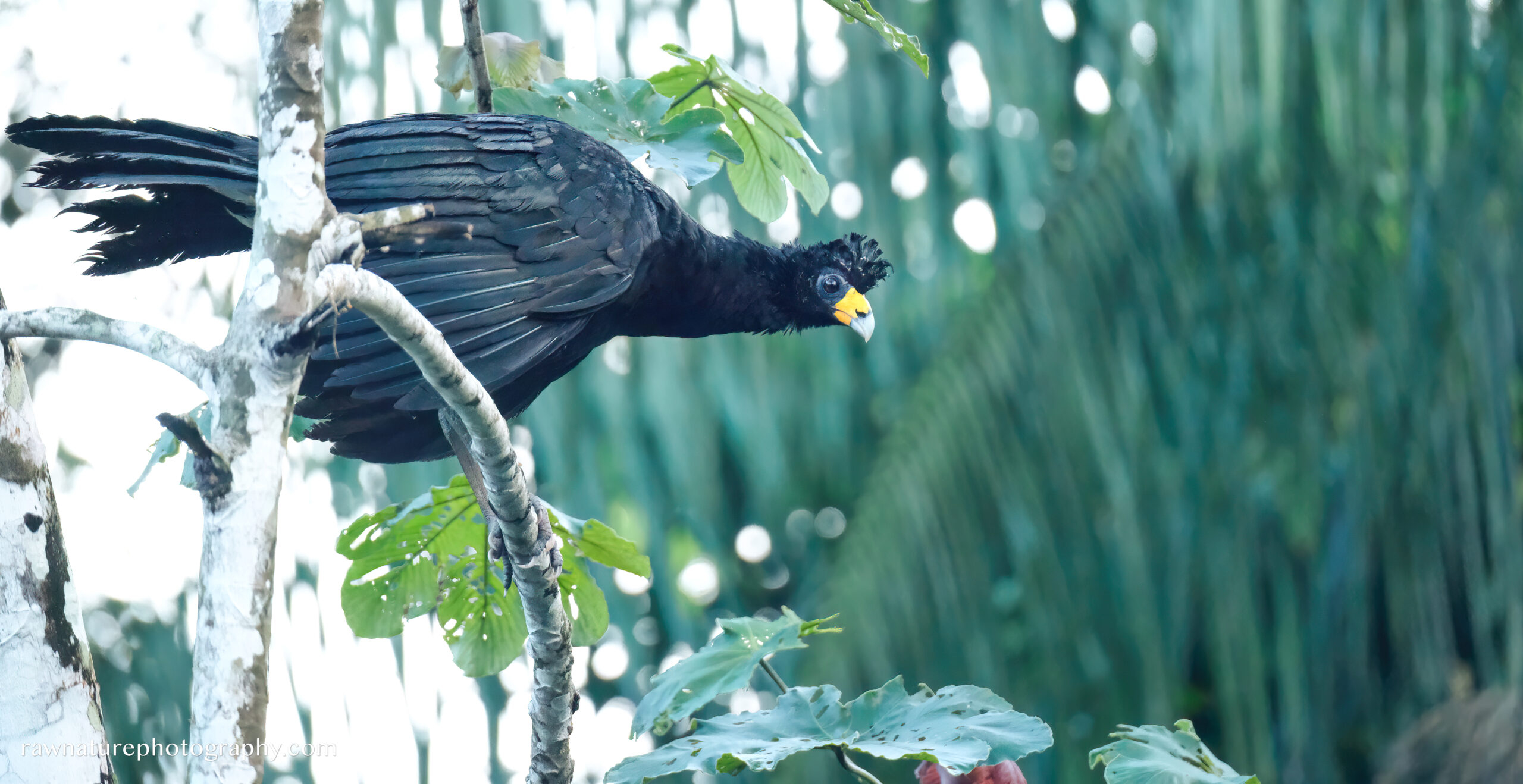
The perceived idyl was thus but an outsider’s dream. An exotic view formed by a youth spend watching nature documentaries on the planet’s wildest places while being surrounded by bricks, concrete, and intensively cultivated lands. In short, a youth spent in the hollow shell where such images served as a replacement for the natural richness that was lost.
But does this mean that the myth of the idyl does not hold a purpose? After all, all good fantasies are rooted in reality. Meaning there must have been some truth in the visitor’s experience of ‘pristine nature’ too. One thing is certain, each visitor to Surinam’s interior is sure to be left with a lifetime’s worth of inspiration. Let us hope these magical lands can keep casting their spell strong enough to inspire those that decree as well that there is sufficient value in continuing protecting the idyll from the strife of the outside world.

